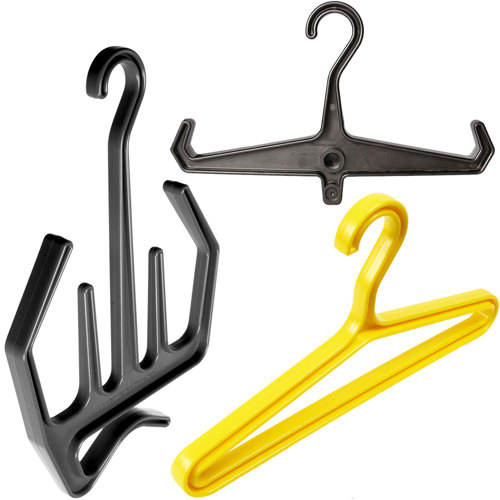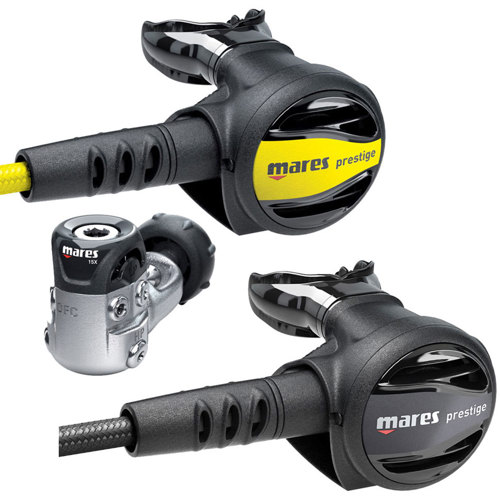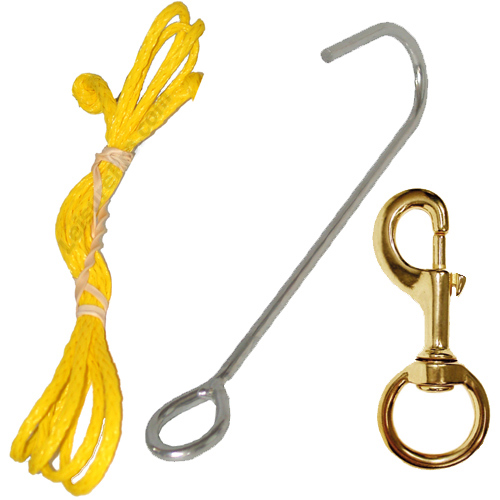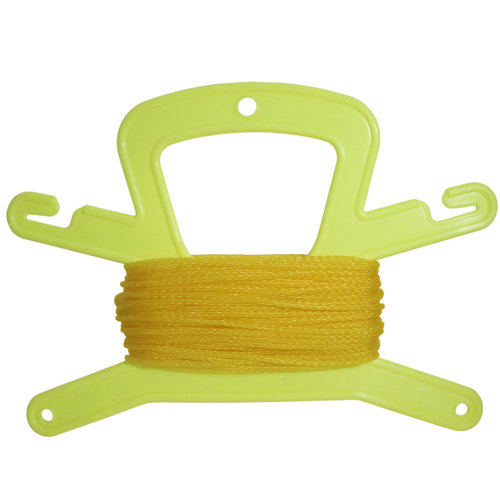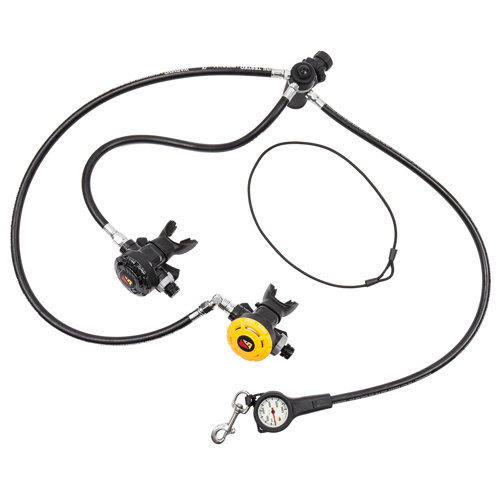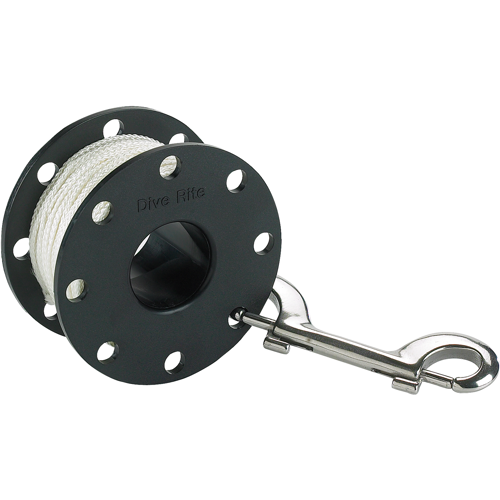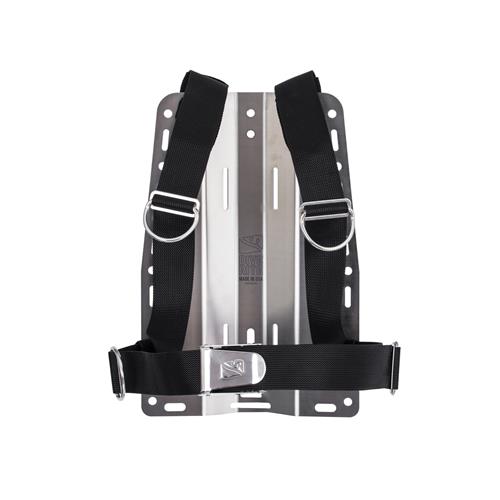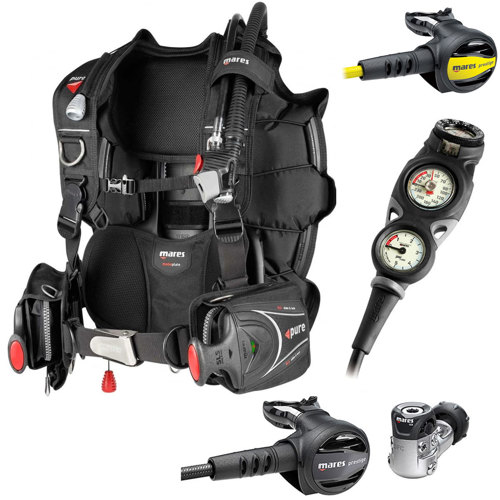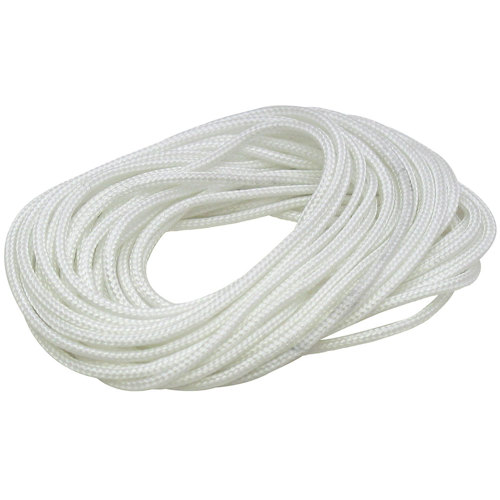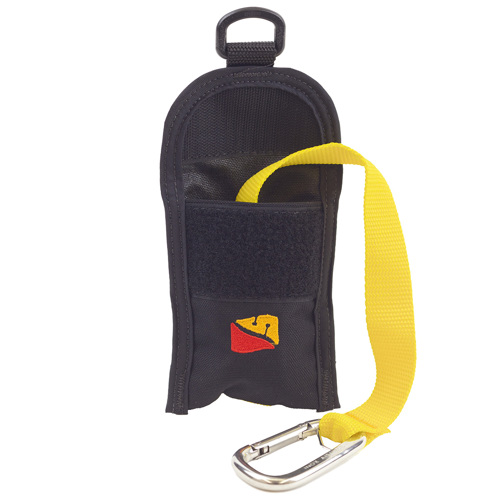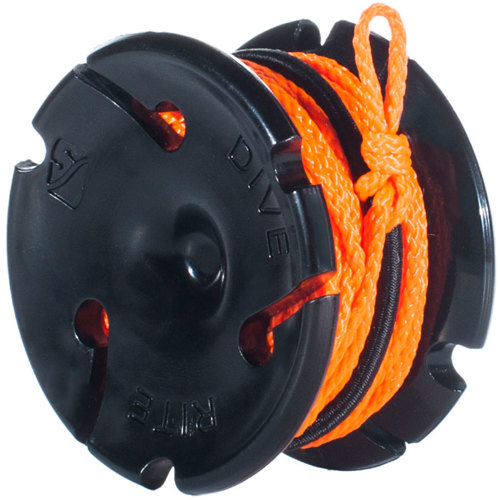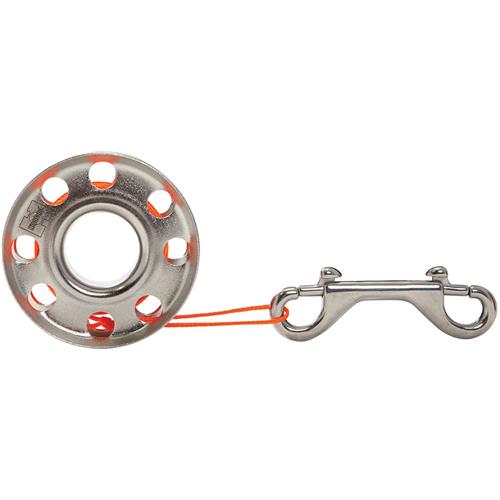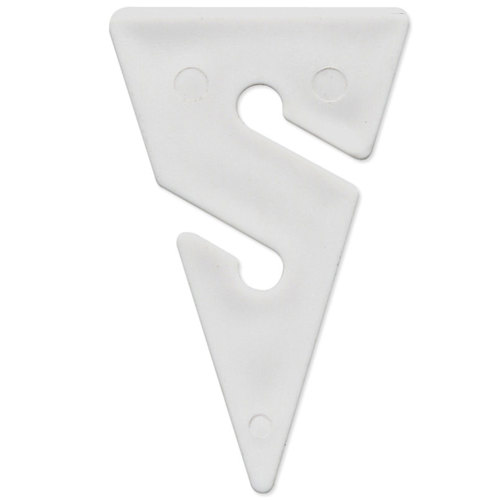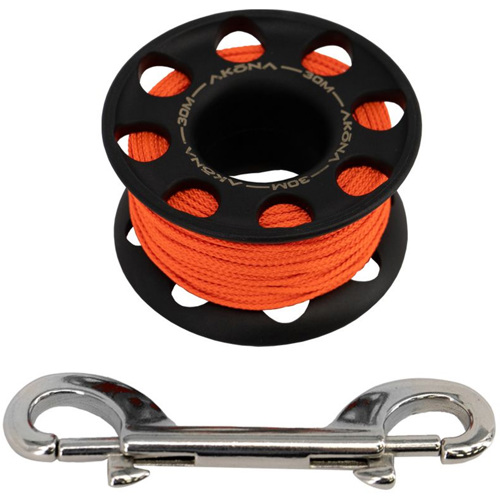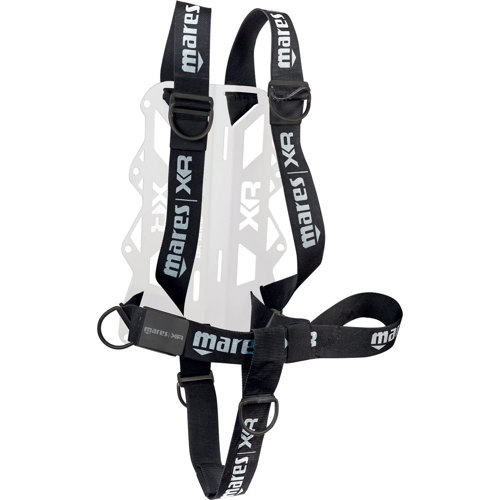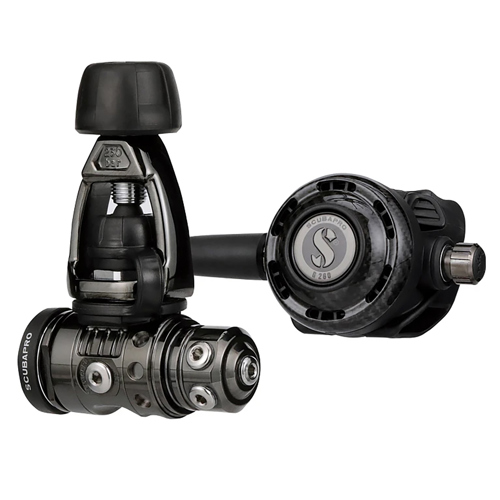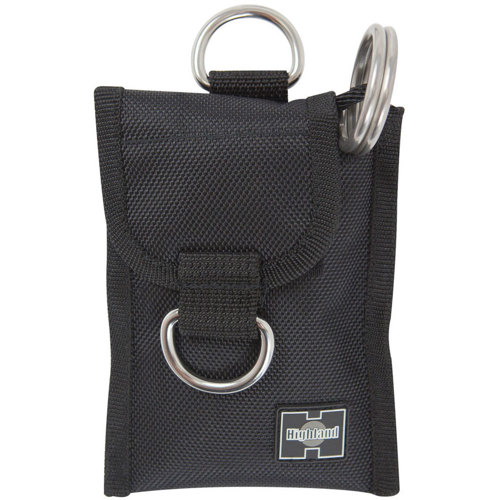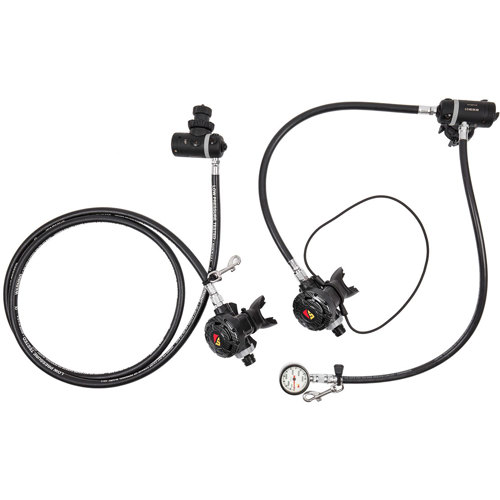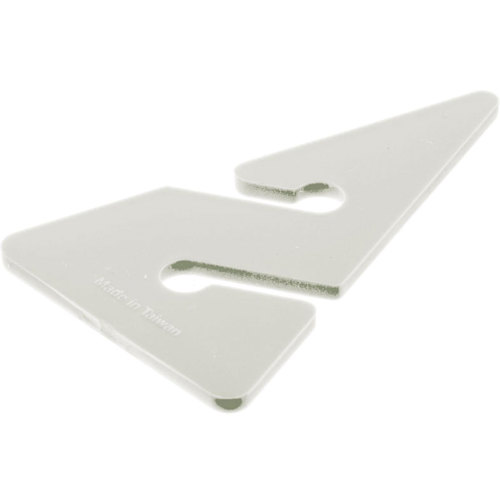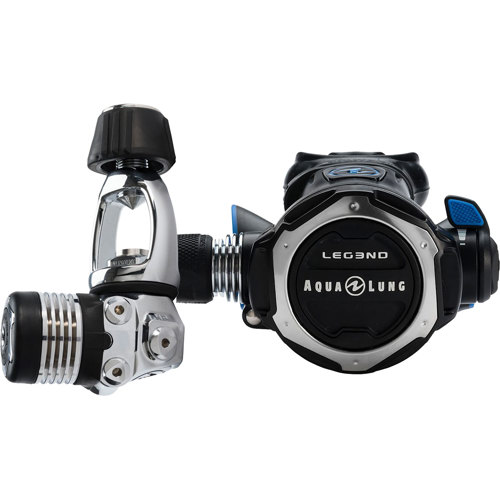Diving gear lines are an essential part of any diver’s toolkit, serving as a reliable lifeline in environments where visibility can vanish in an instant or where navigation is especially challenging. These lines, often referred to as distance lines, wreck lines, or guide lines, are indispensable for anyone venturing into overhead environments such as caves or shipwrecks, or for those navigating strong currents or silty bottoms where even a slight disturbance can turn clear water into a swirling haze. The tactile security of a well-laid line transforms a potentially disorienting dive into a manageable exploration, providing a clear, physical path back to your entry point. For technical divers, cave explorers, and wreck enthusiasts, a sturdy, high-visibility line is not just a convenience but a critical safety tool. Even for recreational divers who may not be planning a complex penetration, carrying a compact spool or reel can be prudent when exploring new sites, as unexpected conditions can arise quickly. As autumn settles in and water temperatures begin to cool, many divers find themselves drawn to deeper or more sheltered sites, where the risk of silt-outs or entanglement increases, making a dependable line even more important.
When considering which diving gear line to select, it’s important to think about the specific environment and conditions you’ll be facing. The choice of material, thickness, length, and spool or reel design can all impact usability and safety. For example, a brightly colored, abrasion-resistant line offers superior visibility and durability in rocky caves or metal-laden wrecks, while a compact finger spool might be ideal for quick, shallow navigation or for use as a backup. Technical divers often develop personal preferences based on their training and experience—some recall the first time they lost sight of their buddy in a cloud of silt, only to feel the reassuring tug of their guide line leading them home. For newer divers, learning to deploy and manage a line is a rite of passage, often practiced in controlled environments before taking on more advanced dives. These skills not only promote individual safety but also foster a sense of teamwork, as lines can be shared among buddies or groups to ensure everyone stays connected. Diving gear lines also make thoughtful gifts for the divers in your life, especially those looking to expand their skills or explore new types of environments. Whether for a seasoned cave diver, a wreck enthusiast, or someone gearing up for their first foray into low-visibility waters, a high-quality line is a practical and appreciated addition to any dive bag.
No matter your level of experience, investing in the right diving gear line can make a significant difference in both safety and enjoyment underwater. As the seasons change and divers seek out new adventures, the importance of reliable navigation aids becomes even more pronounced. A well-chosen line not only marks your path but also grants peace of mind, allowing you to focus on the thrill of discovery rather than the worry of finding your way back. For those interested in exploring the full range of options and features available, you can browse our curated selection of
Diving Lines to find the ideal match for your next dive. Whether you’re planning an autumn expedition into a shadowy wreck or simply want to be prepared for whatever the underwater world may bring, the right line is your steadfast companion beneath the surface.

